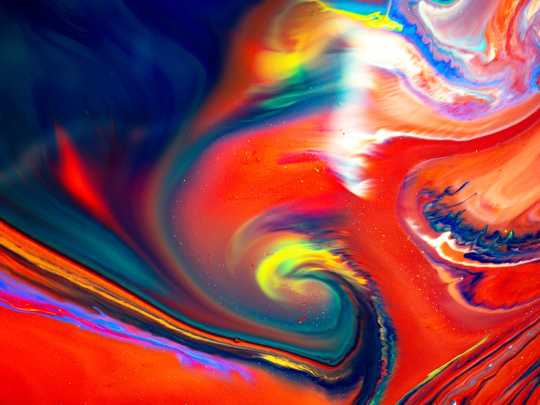Photography has come a long way since its inception in the early 19th century. What started as a means of documentation and scientific experimentation has evolved into a highly respected art form with its own unique tools, techniques, and styles. The history of photography as an art form is a fascinating journey that spans over two centuries and has seen countless innovations and changes.
The invention of photography is often credited to Joseph Nicéphore Niépce, who in 1826 successfully produced the first photograph by using a camera obscura. This early form of photography laid the foundation for what would become a revolutionary art form that would change the way we perceive the world.
One of the most significant advancements in the history of photography came in 1839 with the introduction of the daguerreotype by Louis Daguerre. This innovative process allowed for the production of highly detailed and realistic images that were previously impossible to achieve. The daguerreotype quickly became popular and paved the way for the widespread adoption of photography as a means of capturing and preserving moments in time.
Throughout the 19th century, photography continued to evolve with the introduction of new techniques and tools. One of the most important developments during this time was the invention of the collodion process by Frederick Scott Archer in 1851. This process allowed for the production of high-quality glass plate negatives that produced sharp and detailed images. The collodion process became the standard for photography for several decades and was used by many famous photographers of the time.
The late 19th and early 20th centuries saw the rise of modern photography as an art form with the introduction of new styles and movements. One of the most influential figures during this time was Alfred Stieglitz, who was instrumental in promoting photography as a legitimate art form. Stieglitz founded the Photo-Secession movement in 1902, which sought to elevate photography to the level of other visual arts such as painting and sculpture.
The 20th century saw the emergence of numerous iconic photographers who pushed the boundaries of the medium and experimented with new techniques and styles. Artists such as Ansel Adams, Dorothea Lange, and Man Ray were pioneers in the field of photography and helped to redefine what was possible with the medium.
The advent of digital photography in the late 20th century further revolutionized the art form and made it more accessible to a wider audience. Digital cameras allowed for instant feedback and editing, giving photographers unprecedented control over their images. This technological advancement also led to the emergence of new genres and styles of photography that were previously impossible to achieve with traditional film-based processes.
Today, photography is more popular and accessible than ever before, thanks to the proliferation of smartphones and social media platforms. The rise of Instagram and other photo-sharing platforms has democratized photography and allowed a new generation of artists to showcase their work to a global audience.
In conclusion, the history of photography as an art form is a rich and multifaceted journey that has seen countless innovations and changes over the past two centuries. From its humble beginnings as a means of documentation to its current status as a respected and widely practiced art form, photography continues to evolve and inspire new generations of artists. The future of photography is bright, and we can only imagine what new advancements and innovations await us in the years to come.

